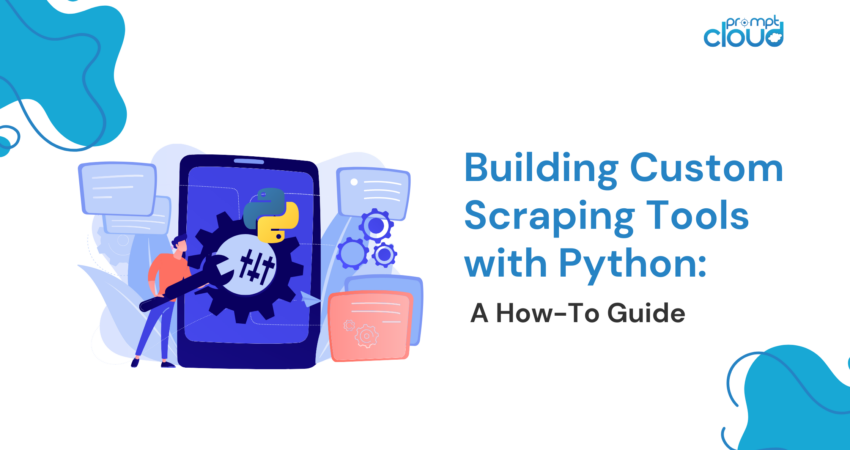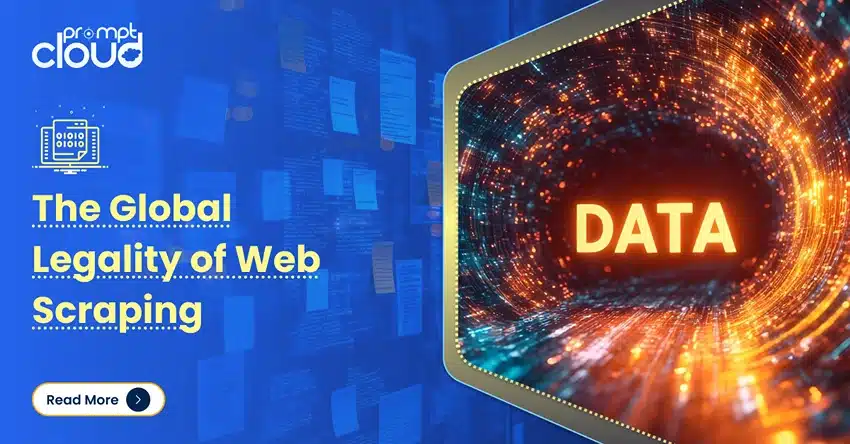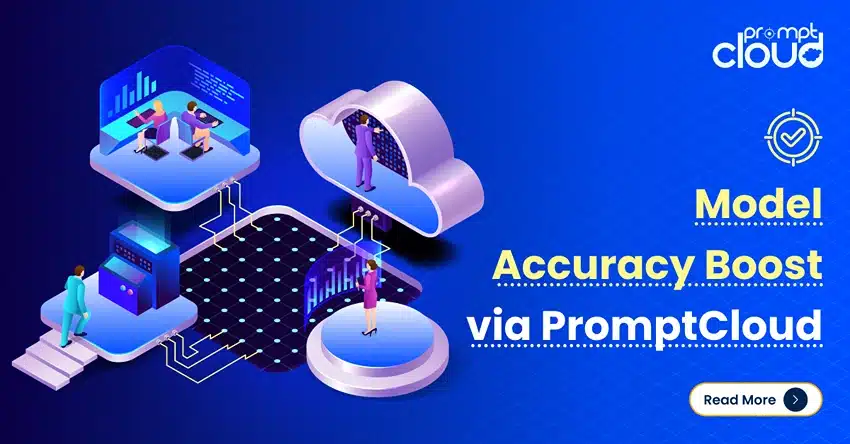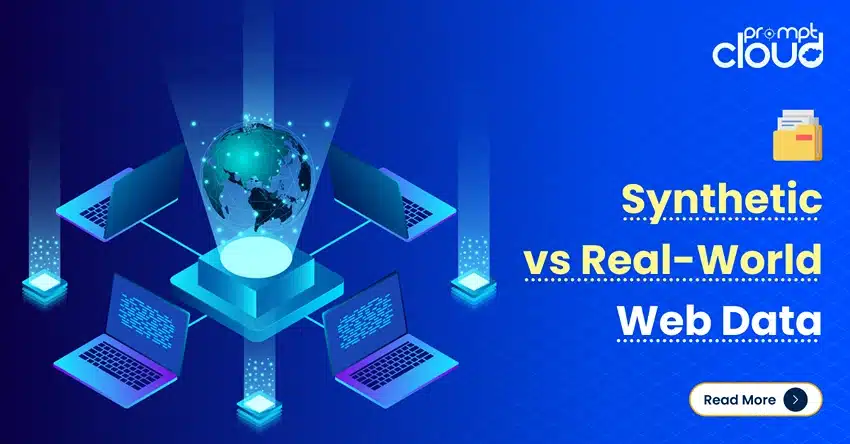What are Consent Mechanisms in Automation?
**TL;DR** User consent scraping is not about reading a single banner or checkbox. In automated systems, consent mechanisms are signals that guide how data is collected, processed, and reused at scale. This article explains what consent really means in automation, how compliance automation works in practice, and where teams often get it wrong when lawful […]
Read MoreBuilding Custom Scraping Tools with Python: A How-To Guide
**TL;DR** Web scraping with Python is one of the most practical ways to turn public web pages into structured, usable data. With the right setup and libraries, Python lets you build custom scrapers that collect data reliably, adapt to changing websites, and scale as your needs grow. This guide walks through the fundamentals, from environment […]
Read MoreWhat is Robots.txt Interpretation for Developers?
**TL;DR** Robots.txt scraping is not about blindly following allow and disallow rules. For developers, it is about correctly interpreting robots policy, understanding ethical crawling boundaries, and aligning crawlers with consent protocols that reflect real-world expectations. What do you mean by Robots.txt Interpretation? Most developers meet robots.txt early. You build a crawler. You see a text […]
Read MoreGDPR, CCPA & Residency Explained
**TL;DR** You scraped a site, cleaned the data, ran analysis, and moved on. Nobody asked many questions as long as the output worked. Somewhere along the way, that changed. Quietly at first. Then all at once. Here is the uncomfortable truth. Most compliance issues do not come from bad intent. They come from assumptions. Assumptions […]
Read MoreGlobal Legality of Web Scraping
**TL;DR** Web scraping isn’t illegal by default. It also isn’t automatically safe. Most of the trouble comes from context, not intent. What kind of data you’re pulling, how you’re accessing it, where it lives, and what you plan to do with it later all matter more than the act of scraping itself. Laws don’t treat […]
Read MoreData Quality & Compliance in AI Pipelines
**TL;DR** AI pipelines fail more often because of poor data quality and unclear compliance than because of weak models. Web scraping compliance shapes how data enters the system, and quality standards determine whether models can rely on that data later. This pillar breaks down how compliant collection, governance, validation, and structured pipelines work together to […]
Read MoreCase Study: Boosting Pricing Model Accuracy with High-Quality E-commerce Data
**TL;DR** A mid sized pricing team needed accurate, multi source e-commerce data to fix inconsistent inputs that were lowering their model’s predictive performance. Their internal scrapers failed under scale, drift, and inconsistent structure. After switching to PromptCloud’s AI-ready pricing datasets, their model accuracy increased by eighteen percent, parser failures dropped, and coverage across long-tail categories […]
Read MoreAI-Ready Schema Templates & Standards
**TL;DR** Most AI pipelines fail long before the model sees any data. They fail at the point where raw web inputs do not follow a predictable structure. One site calls it “price,” another calls it “current_amount,” a third uses a hidden field that only appears after running JavaScript. Without a schema, nothing lines up. Fields […]
Read MoreSynthetic vs Real-World Web Data
**TL;DR** Synthetic data fills gaps, expands rare patterns, and boosts volume when real examples are limited. Real-world web data gives models grounding, context, and natural variability. The strongest AI training pipelines rely on both: real data for truth, synthetic data for controlled expansion. This blog breaks down how they differ, where each one works well, […]
Read MoreData Lineage & Traceability Frameworks
**TL;DR** AI systems break when teams cannot explain where their data came from, how it changed, or why certain results appeared. Data lineage and traceability frameworks solve this by recording every step in the flow from raw extraction to model consumption. These frameworks make provenance visible, transformations auditable, and outputs reproducible. This blog explains the […]
Read More















